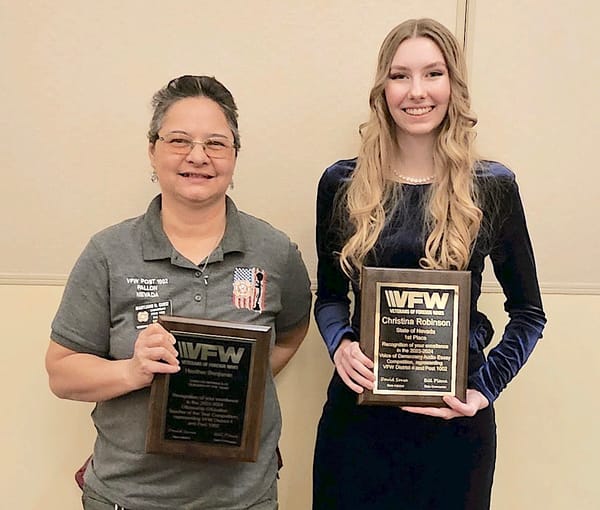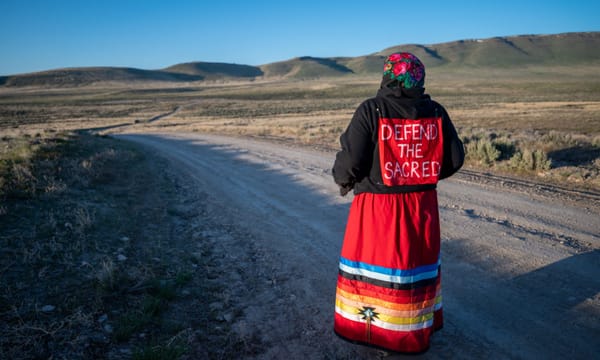BLM releases final plan to conserve and restore Great Basin sagebrush communities

BOISE, Idaho – Conservation and restoration of sagebrush habitats in the Great Basin are a priority for the Bureau of Land Management, which this week released the final programmatic environmental impact statement (PEIS) for fuels reduction and rangeland restoration in the region.
The PEIS covers a 223 million-acre area in western states including Nevada, Idaho, Oregon, Washington, California and Utah. The effort focuses on mitigating wildfire risk through fuels reduction and rangeland restoration through a variety of measures, such as construction of fuel breaks, prescribed fire and mechanical, biological, and chemical treatment of invasive annual grasses and vegetation.
“The Department has led the way in advancing critical treatments, including creating fuel breaks, which stop or slow fires,” said Casey Hammond, Principal Deputy Assistant Secretary of Lands and Minerals. “This effort focused on reducing fuels and restoring natural vegetation will reduce the intensity of wildfires, which in turn will reduce the threats from large and severe wildfires to sagebrush-steppe ecosystem and rangeland resources. As we get projects done, these two approaches will work together.”
According to a statement from the BLM, “sagebrush communities in the Great Basin are a vital part of Western working landscapes and are home to over 350 species of plants and wildlife.”
The statement notes that both invasive species and wildfire play a large role in the region’s disappearing sagebrush habitats, 45% of which has been lost.
“Restoring sagebrush communities improves the sustainability of working rangelands and can reduce the expansion of invasive annual grasses,” said Deputy Director for Policy and Programs William Perry Pendley. “People in the Great Basin depend on these landscapes for their livelihoods and recreation and wildlife rely on them for habitat.”
In the past fiscal year the BLM has treated more than 782,000 acres to reduce hazardous fuel loads and mitigate wildfire risk. It has also expedited construction of 190 miles of fuel breaks, just a portion of the 11,000 miles proposed.
An electronic copy of the Final PEIS and associated documents is available for public review for 30 days on the BLM Land Use Planning and NEPA register: https://go.usa.gov/x79bp The BLM will issue a record of decision after the end of the public review period.





